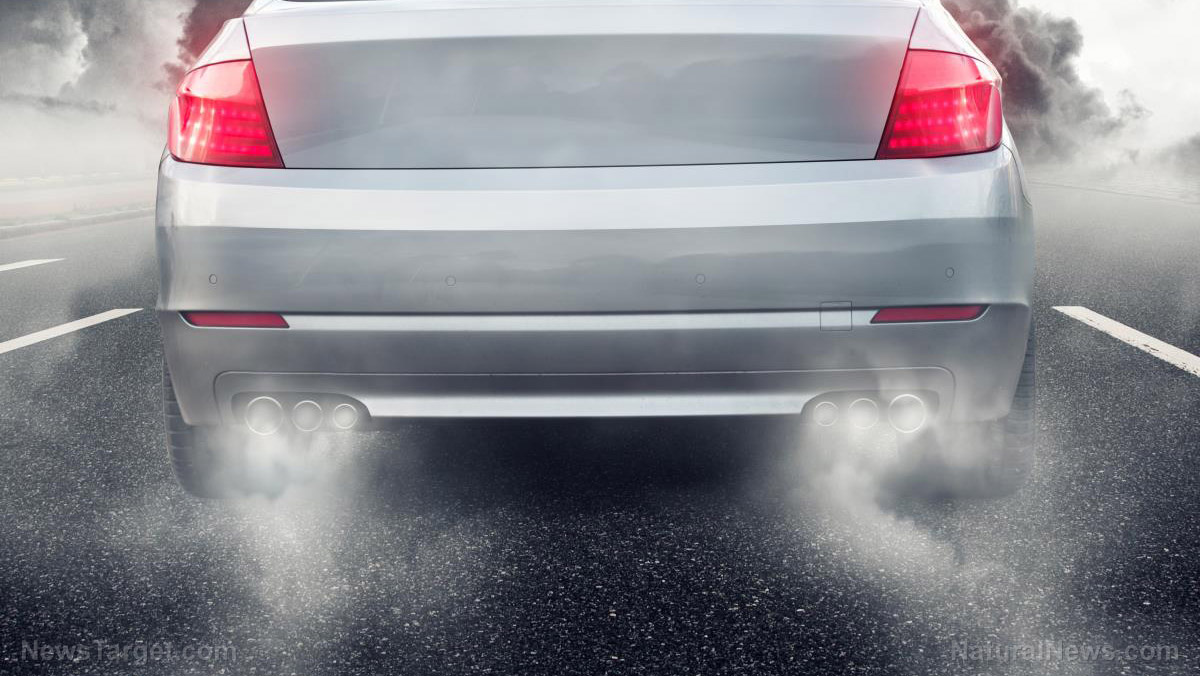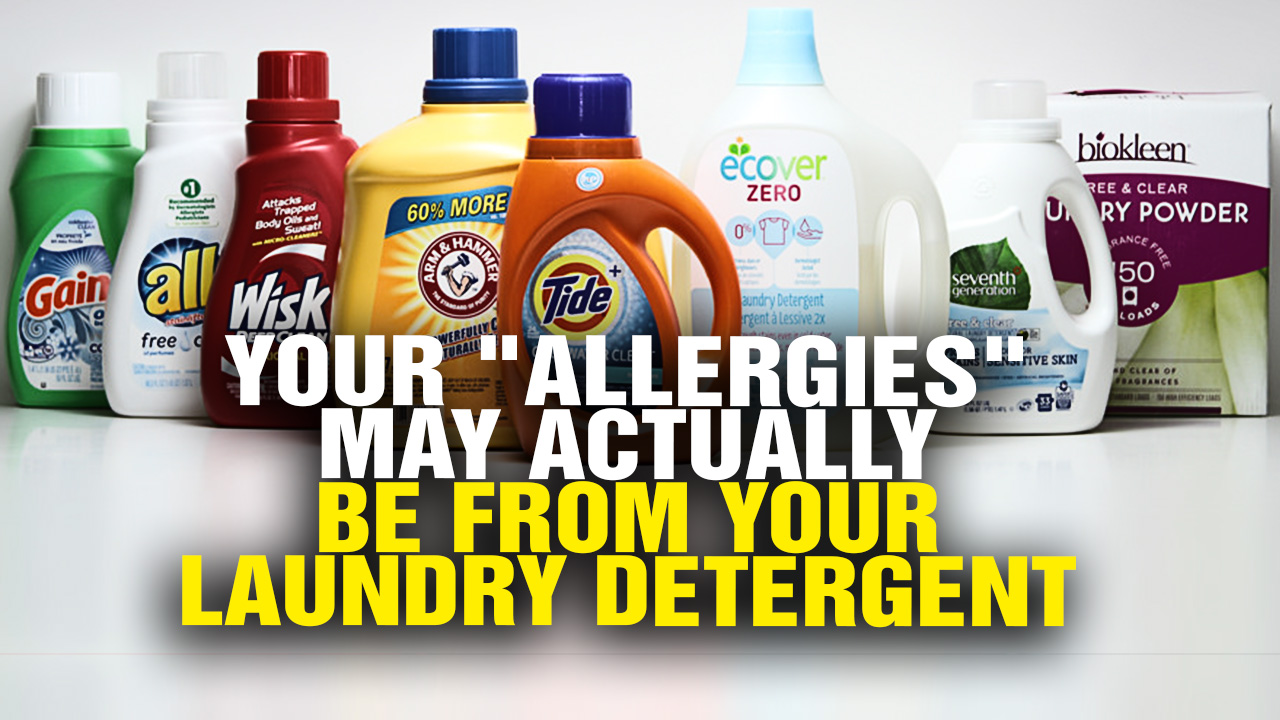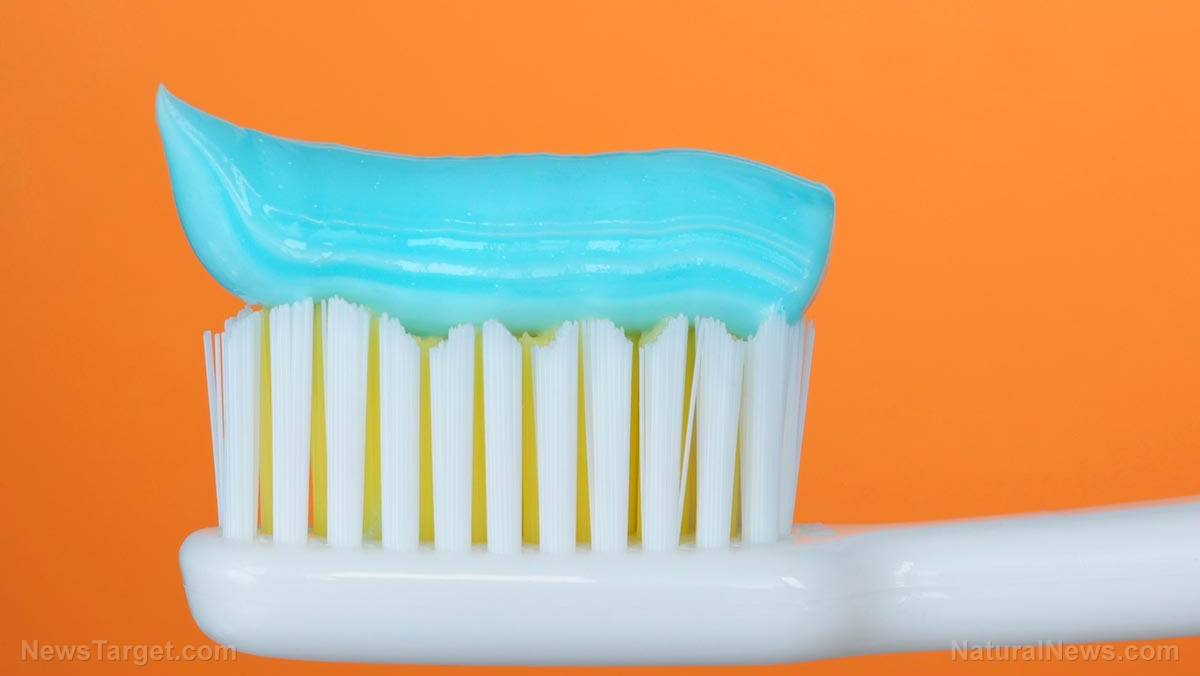Vapor emissions from personal care products comparable to rush hour pollution, shocking study concludes
05/23/2018 / By Jayson Veley

According to a new CIRES and NOAA study, emissions of siloxane, which is a common ingredient often found in shampoos, lotions and deodorants, are comparable in magnitude to certain components of car exhaust, such as benzene, emitted into the atmosphere during rush-hour traffic in Boulder, Colorado.
The study, which was published in the journal Environmental Science and Technology, confirms what several other studies have shown in the past regarding the harmful environmental effects of personal care products. (Related: A skin care expert has revealed the 20 most toxic chemical ingredients in beauty products – are you poisoning yourself?).
“We detected a pattern of emissions that coincides with human activity: People apply these products in the morning, leave their homes, and drive to work or school. So emissions spike during commuting hours,” explained Matthew Coggon, lead author of the study and a CIRES scientist at the University of Colorado Boulder working in the NOAA Earth System Research Laboratory.
In order to arrive at this conclusion, Coggon and his team measured a class of chemicals called volatile organic compounds (of which siloxane belongs) from the roof of NOAA’s Earth System Research Laboratory between December 2015 and January 2017, as well as from a mobile laboratory traveling around the streets of Boulder in February of 2016. They tracked concentrations of certain compounds emitted with car exhaust, including benzene, during rush-hour traffic. (Related: Read about the dangerous products found in common personal care products.)
“We were surveying the air, monitoring every species our instrument was sensitive to – about 150 compounds,” explained Coggon, adding that the team “found a big peak in the data but we didn’t know what it was.”
Eventually, NOAA scientist Patrick Veres suggested that this “big peak in the data” was siloxane, and it turned out that he was correct. However, after testing tailpipe emissions to see if siloxane was being emitted in vehicle exhaust, the team couldn’t find it. Having learned that siloxane and benzene weren’t coming from the same source, Coggon and his team decided to nevertheless link both of the chemicals to a particular human behavior: commuting.
This study also demonstrates that siloxane is a good indicator of the presence and magnitude of toxic emissions from personal care products. “Siloxane is a marker,” explained Coggon. “Now we have a very good tracer for understanding the emissions patterns of other VOCs emitted from personal care products.” Moving forward, the team will look for other personal care product chemicals that also correlate with siloxane. Fragrance compounds is a likely candidate, and Coggon predicts that, like siloxane, it will also spike during the morning commute.
Personal emissions are increasing
Coggon noted that emissions that come from personal care products are beginning to become an important issue, and that it’s likely that these emissions from personal care products have a negative impact on the air quality in other areas of the country as well, not just Boulder and Los Angeles. He made it clear that he and his team intend on learning more about these understudied sources of pollution in the months and years to come.
A similar study, led by CIRES and NOAA’s Brian McDonald, found that personal care products, household cleaners, paints and pesticides produced roughly half of the volatile organic compound emissions measured in Los Angeles during the time period in which the study was conducted.
“This study provides further evidence that as transportation emissions of VOCs have declined, other sources of VOCs, including from personal care products, are emerging as important contributors to urban air pollution,” said McDonald.
If you’re interested in purchasing clean, toxic-free products that are healthy for both you and for the environment, you can find them at the Health Ranger Store.
Sources include:
Tagged Under: Chemical exposure, commuting, Cosmetics, Emissions, environment, fragrance VOCs, Personal care products, research, science, siloxane, skin health, toxic chemicals, toxins




















